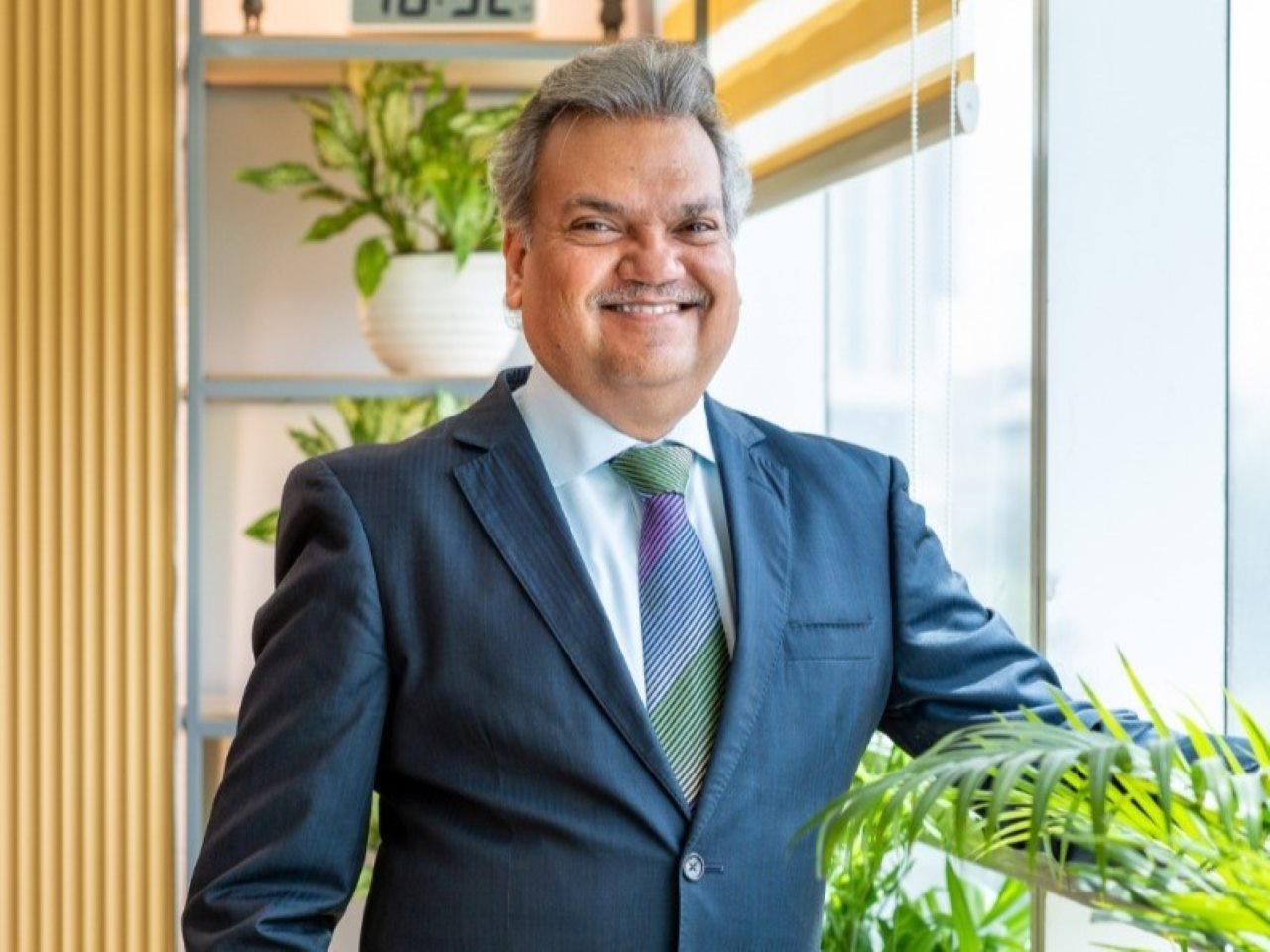
In the ever-evolving world of semiconductors, Intel, once the undisputed king, has faced stiff competition in recent years. However, CEO Pat Gelsinger is determined to lead the company back to the top. In a series of recent announcements and interviews, Gelsinger has outlined a bold strategy to not only regain Intel’s former glory but to do so by becoming a key player in the burgeoning AI chip market.
A Multi-Pronged Approach
Gelsinger’s plan is not a single, dramatic move but rather a multi-faceted approach that encompasses several key areas:
- Lunar Lake and AI Acceleration: At Computex 2024, Intel unveiled its next-generation Lunar Lake processors, designed with a focus on energy efficiency and AI acceleration. These chips are seen as crucial to competing with rivals like AMD and Apple in the laptop and desktop markets. In addition, Intel is investing heavily in developing dedicated AI accelerator chips, aiming to challenge Nvidia’s dominance in this sector.
- Xeon Scalability: Intel’s Xeon processors have long been the backbone of data centers worldwide. The company plans to further solidify its position with the upcoming Xeon 6 chips, promising significant performance improvements and enhanced AI capabilities.
- Foundry Expansion: Gelsinger has stressed the importance of Intel’s Integrated Device Manufacturing (IDM) 2.0 strategy, which involves expanding its foundry services. This means Intel will manufacture chips not only for itself but also for other companies, potentially including rivals like Qualcomm and Nvidia. This move could diversify Intel’s revenue streams and provide a valuable foothold in the rapidly growing custom chip market.
- Domestic Manufacturing: Gelsinger is a vocal advocate for bolstering U.S. semiconductor manufacturing. Intel plans to invest significantly in expanding its domestic production capacity, aligning with the Biden administration’s goals of reducing reliance on foreign chipmakers.
Challenges and Competition
Intel’s path to reclaiming the top spot is not without obstacles. It faces fierce competition from established players like TSMC and Samsung, as well as rising stars like AMD. Additionally, the global chip shortage continues to impact the entire industry, creating supply chain challenges.
However, Gelsinger remains optimistic, stating, “We want to build everybody’s chips, everybody’s AI chips. We want them to be built leveraging the U.S. factories.” This ambitious goal reflects Intel’s determination to be a central player in the chipmaking ecosystem.
The AI Chip Battleground
One of the most critical aspects of Intel’s strategy is its focus on AI chips. As artificial intelligence continues to permeate various industries, the demand for specialized AI hardware is skyrocketing. While Nvidia currently holds a commanding lead in this market, Intel is determined to carve out a significant share.
Intel’s AI accelerator chips, coupled with its Xeon processors’ enhanced AI capabilities, could make it a formidable competitor in the AI chip race. By offering a comprehensive AI hardware and software ecosystem, Intel aims to attract both enterprise customers and AI developers.
Intel’s comeback journey is a story of ambition, resilience, and innovation. Whether the company can fully regain its former glory remains to be seen, but under Pat Gelsinger’s leadership, Intel is undoubtedly making significant strides. The chipmaking landscape is more competitive than ever, but Intel’s commitment to advanced technology, domestic manufacturing, and AI acceleration positions it well for a promising future


















